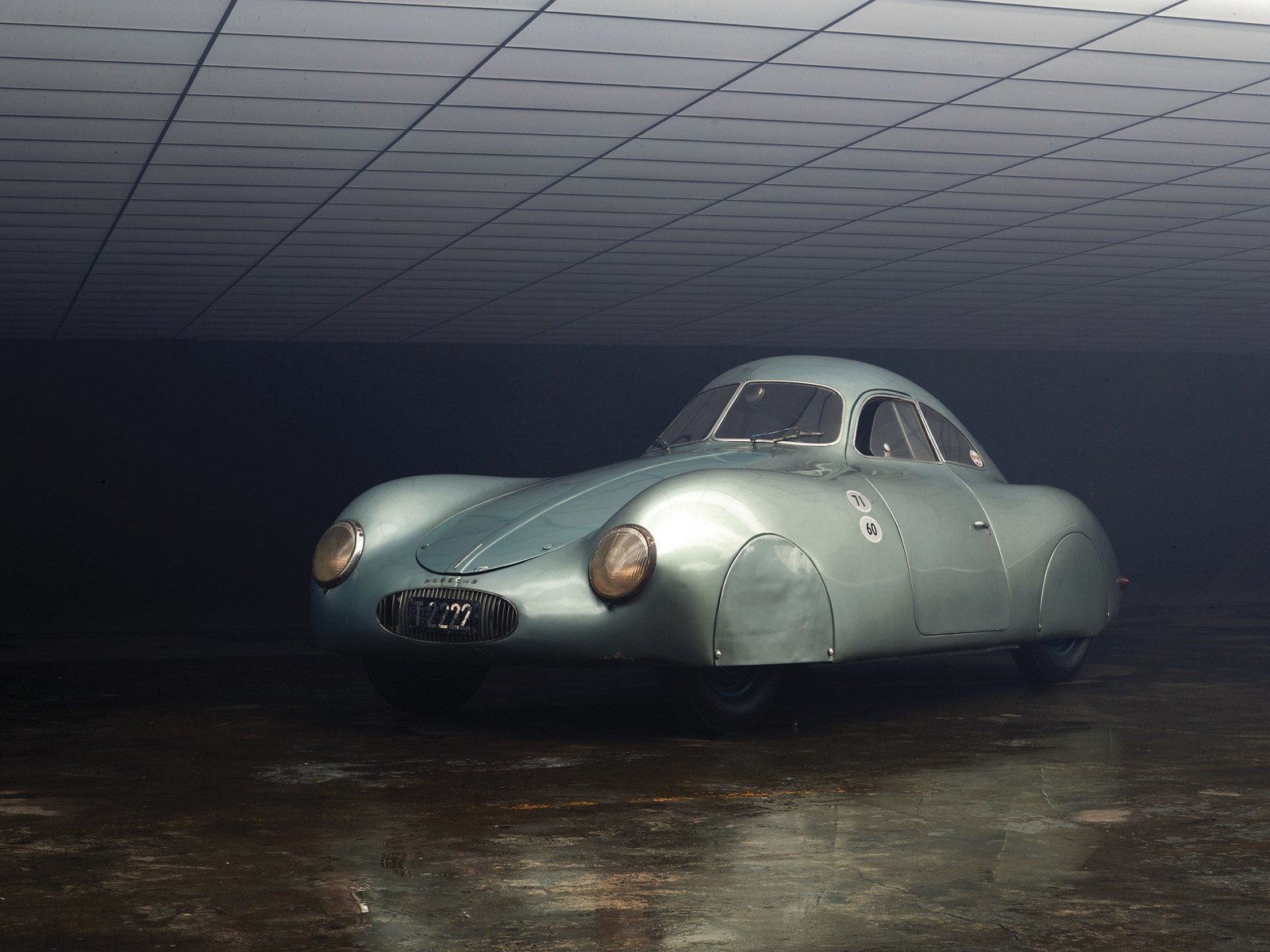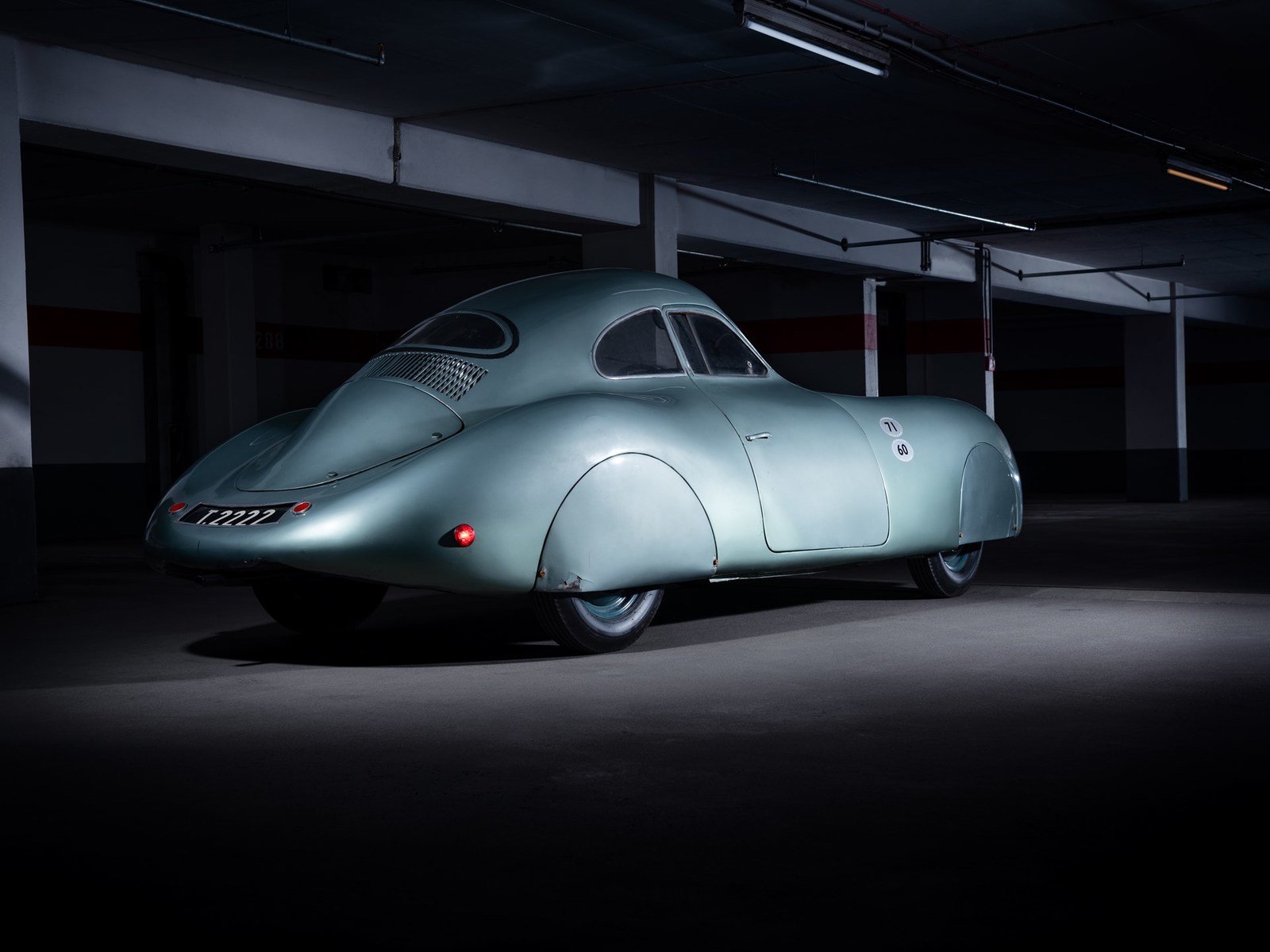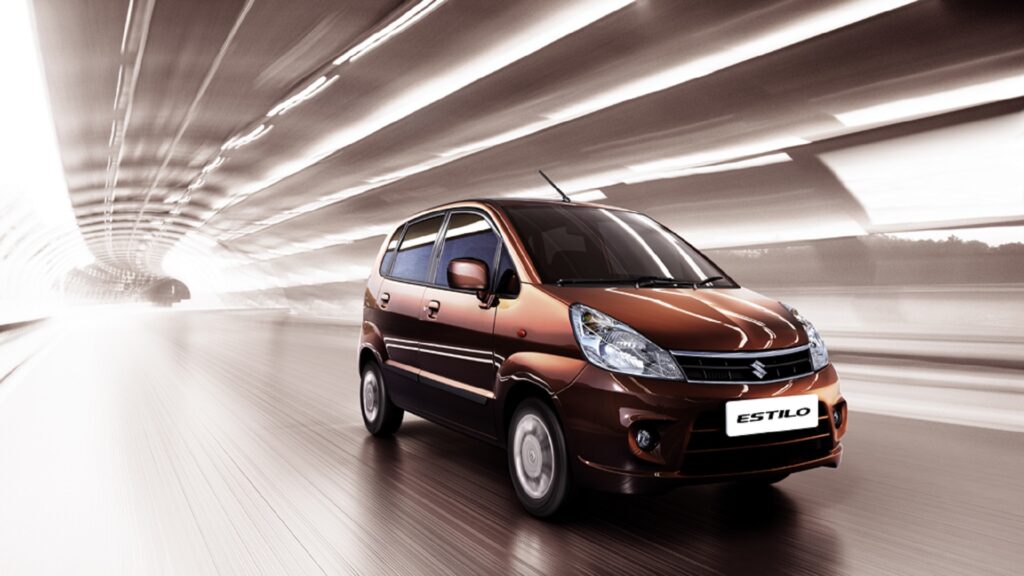Now Reading: 1939 Porsche Type 64 Berlin-Rome – An Unidentified Driving Object Bringing Future Technology from the Past
-
01
1939 Porsche Type 64 Berlin-Rome – An Unidentified Driving Object Bringing Future Technology from the Past
1939 Porsche Type 64 Berlin-Rome – An Unidentified Driving Object Bringing Future Technology from the Past

We’ve all heard of places and sights that we should experience at least once in our lifetime. The automotive world, too, has some iconic and rare creations. Among them, the Porsche Type 64 holds a special place.
Currently, this is the oldest running car bearing the Porsche brand, and only one remains worldwide. This uniquely shaped car is the very first to carry the Porsche name, making it a milestone in automotive history. Our goal is to highlight significant landmarks in the world of automobiles, and we look forward to discussing more extraordinary topics like this.
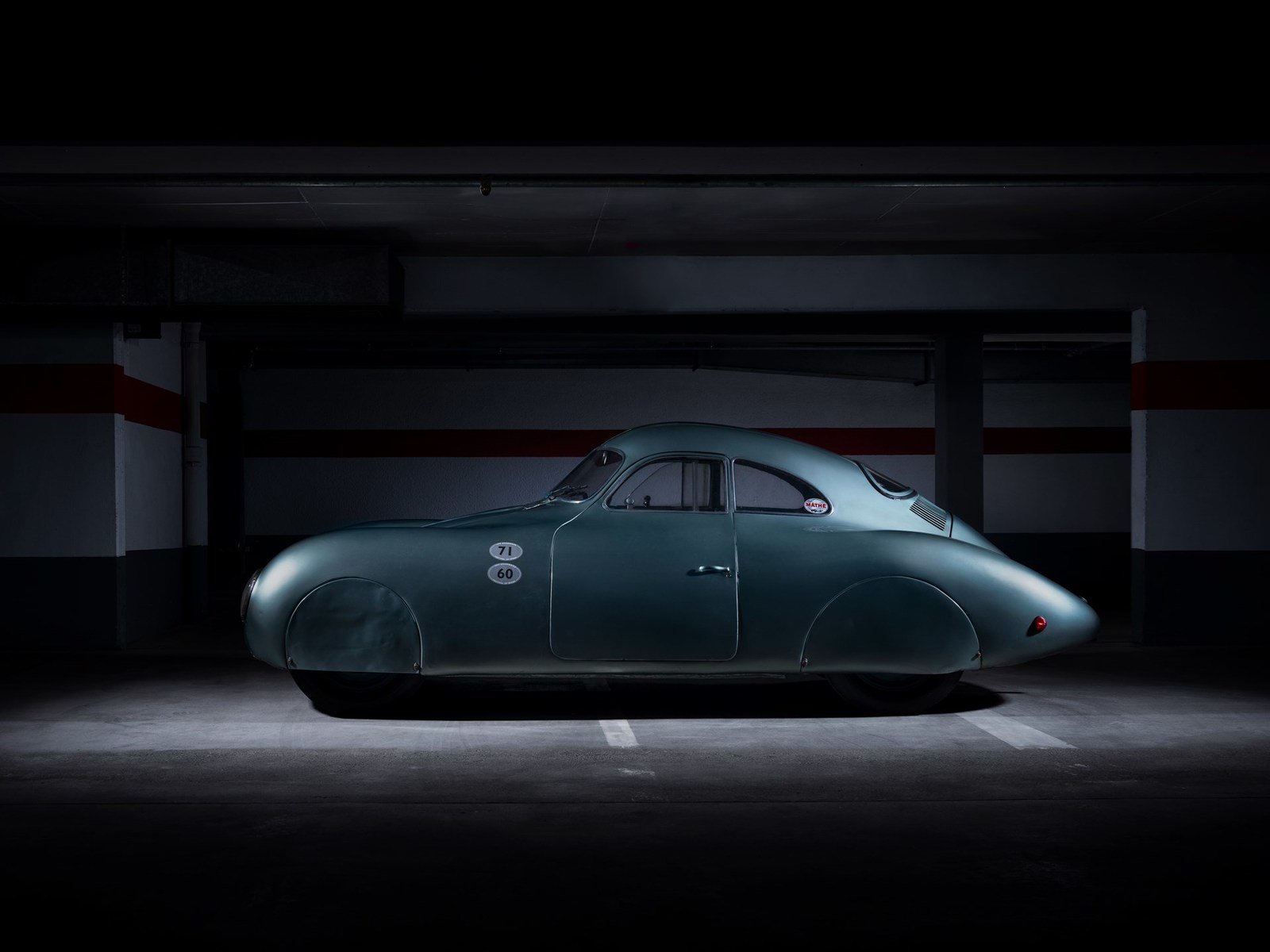
With its unconventional design, anyone who sees this car might wonder if it’s an alien creation. Although elements of its design inspired the current Porsche 911, the creators behind the Type 64 envisioned a radically different shape long before Porsche’s distinctive design language was established.
Porsche, famous for its numerous victories in post-World War II motorsports, has always held a key position in the auto industry. While many car enthusiasts associate the Porsche name with the Porsche 356—the first production Porsche—few know that the Type 64 came before it. In a recent auction, this rare piece captured attention worldwide, initially projected to sell for between $13 million and $20 million, but its price reached an astonishing $70 million before the auction was ultimately halted.
Even though it was Porsche’s first car, today, it remains in private ownership, as the vehicle was sold from Porsche early on and was once a family car used by Ferdinand Porsche and his son, Ferry. The last Type 64 ever made was completed by Ferry Porsche himself.
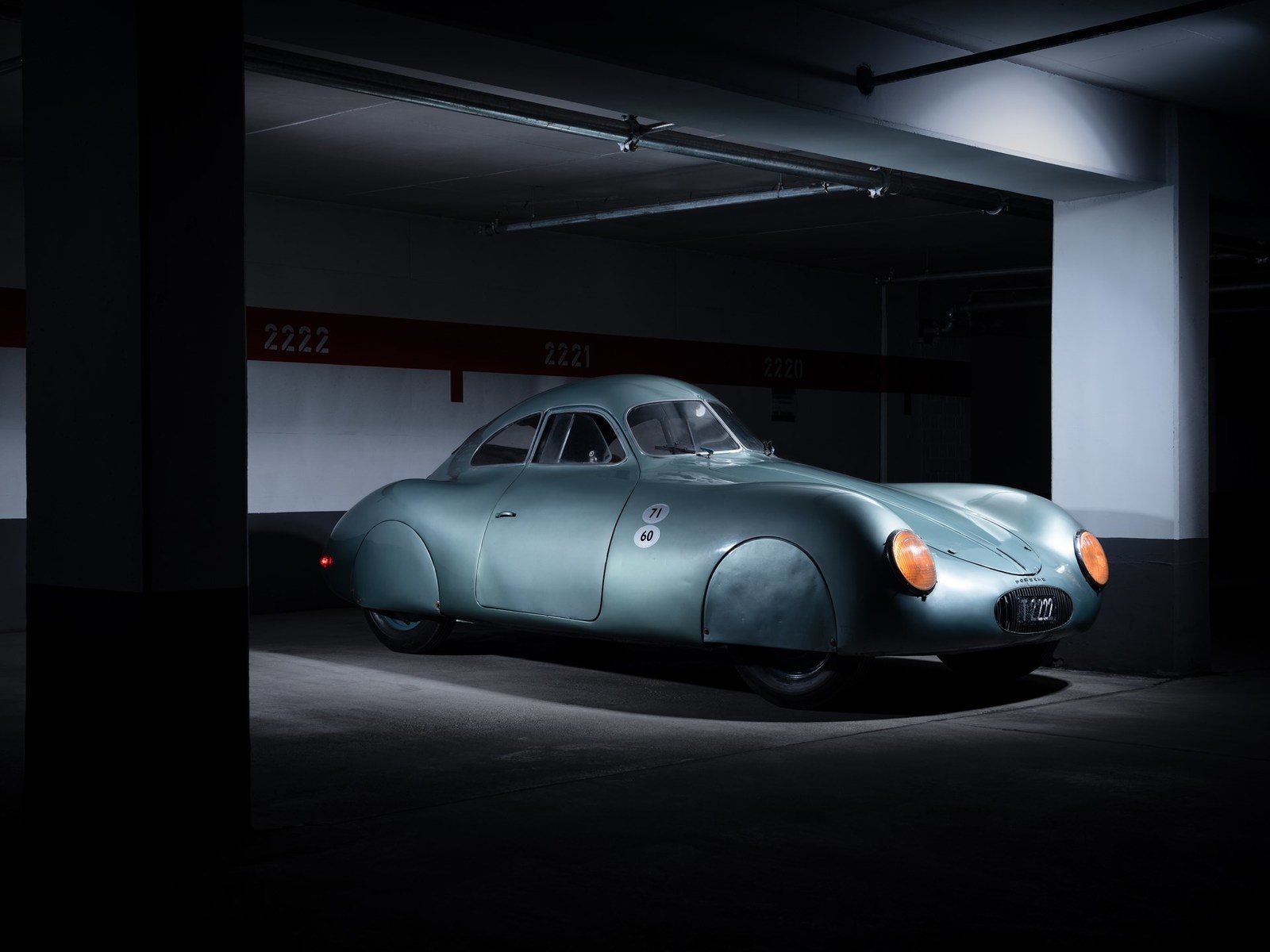
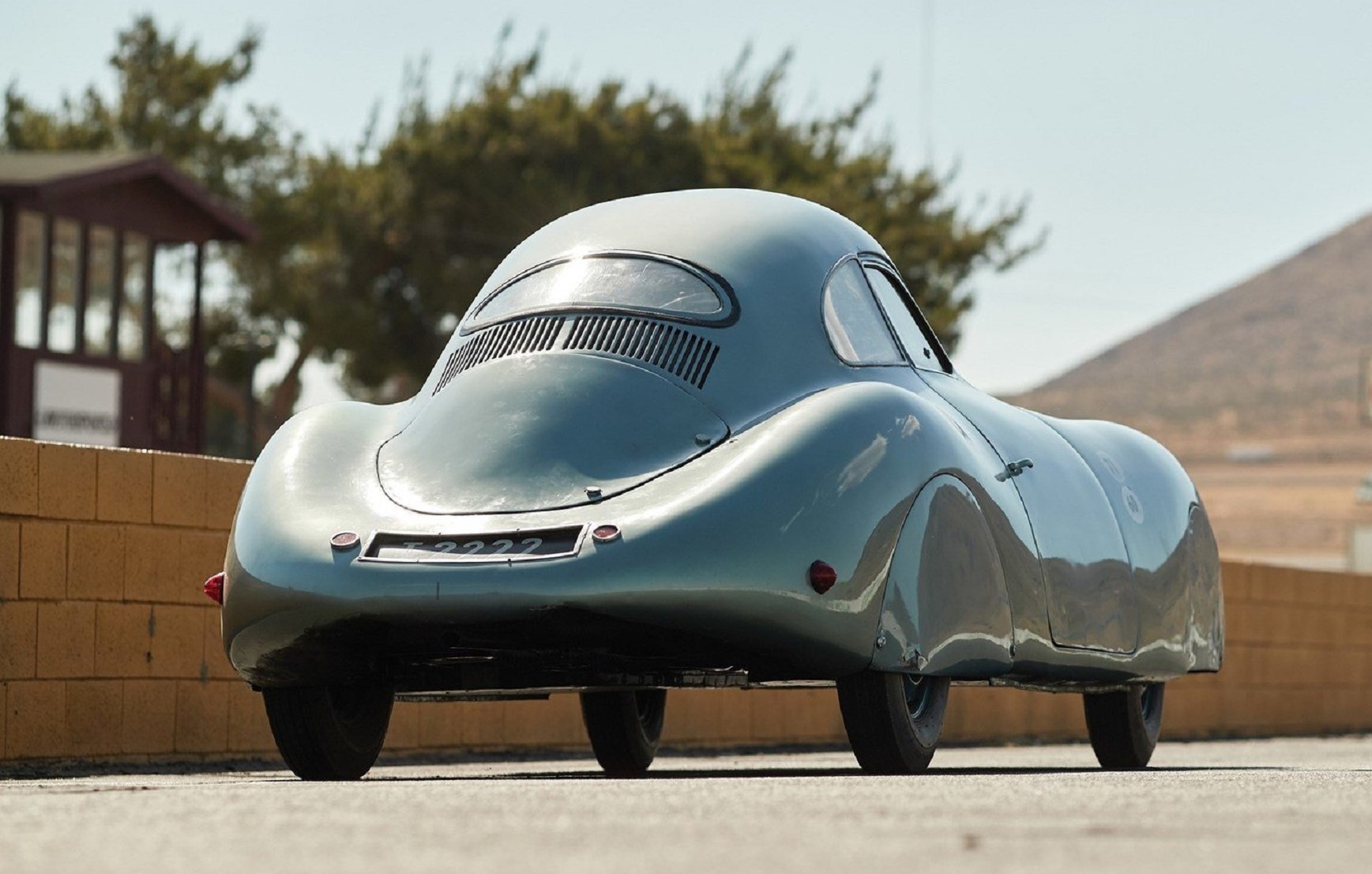
Evidence shows that only three Type 64 models were initially built, and only one survives today. Of the other two, one was likely destroyed during World War II, and the other was seized and possibly dismantled by British forces when they occupied Germany.
The original intent behind creating the Type 64 was to produce a sports car based on the Volkswagen Beetle design and then use it for competitive racing. The car was initially commissioned for the Berlin-Rome race, a 1,500-kilometer event promoted by Hitler to strengthen ties between Germany and Italy. However, the race was canceled with the onset of World War II.
Professor Ferdinand Porsche, who spearheaded the development of the Volkswagen Beetle, was tasked with designing a sleek race car for the Berlin-Rome race. Hitler, aiming to showcase the speed and power of Nazi Germany, assigned Ferdinand Porsche the mission to create an exceptionally fast and distinctive car.
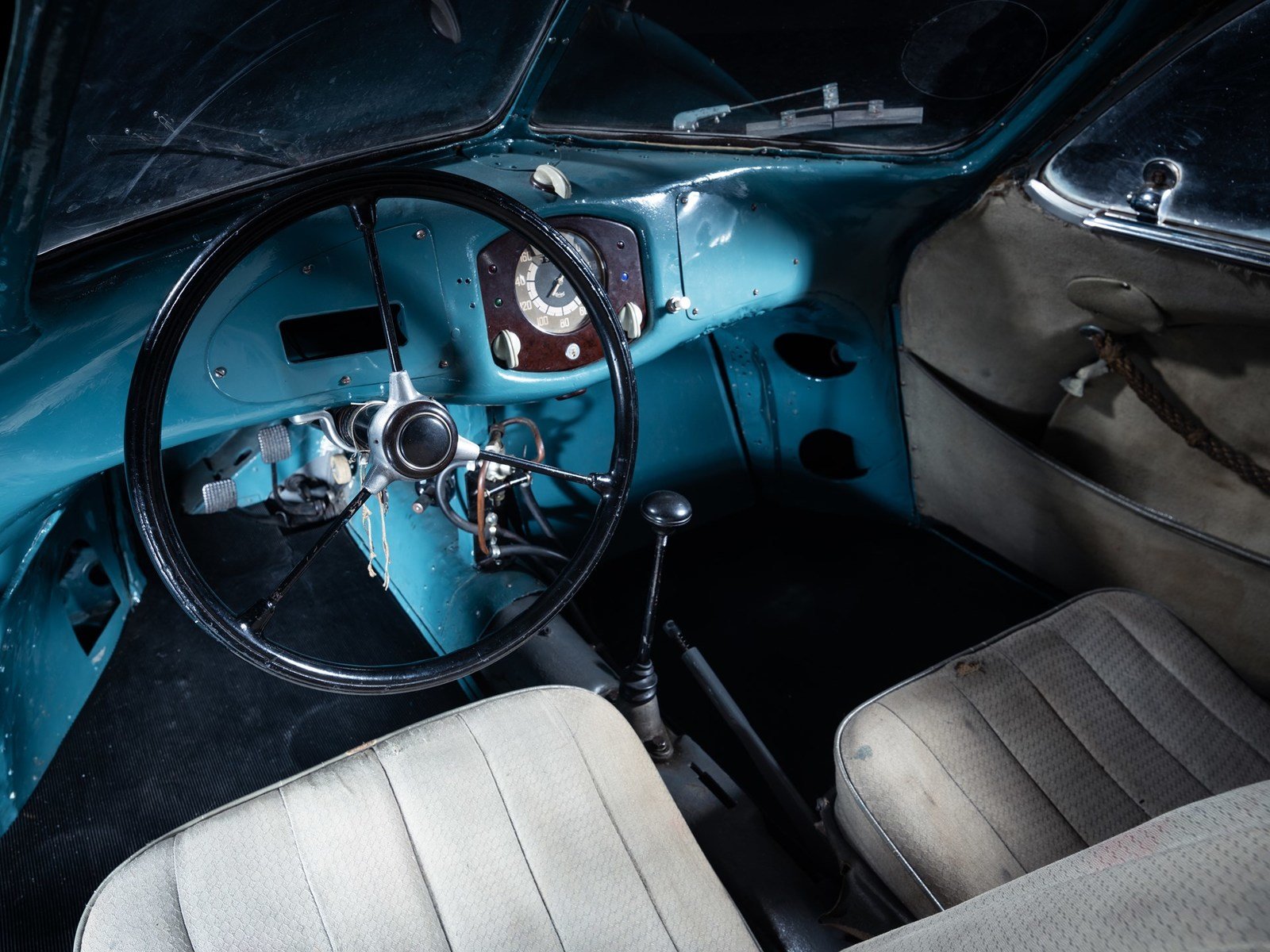

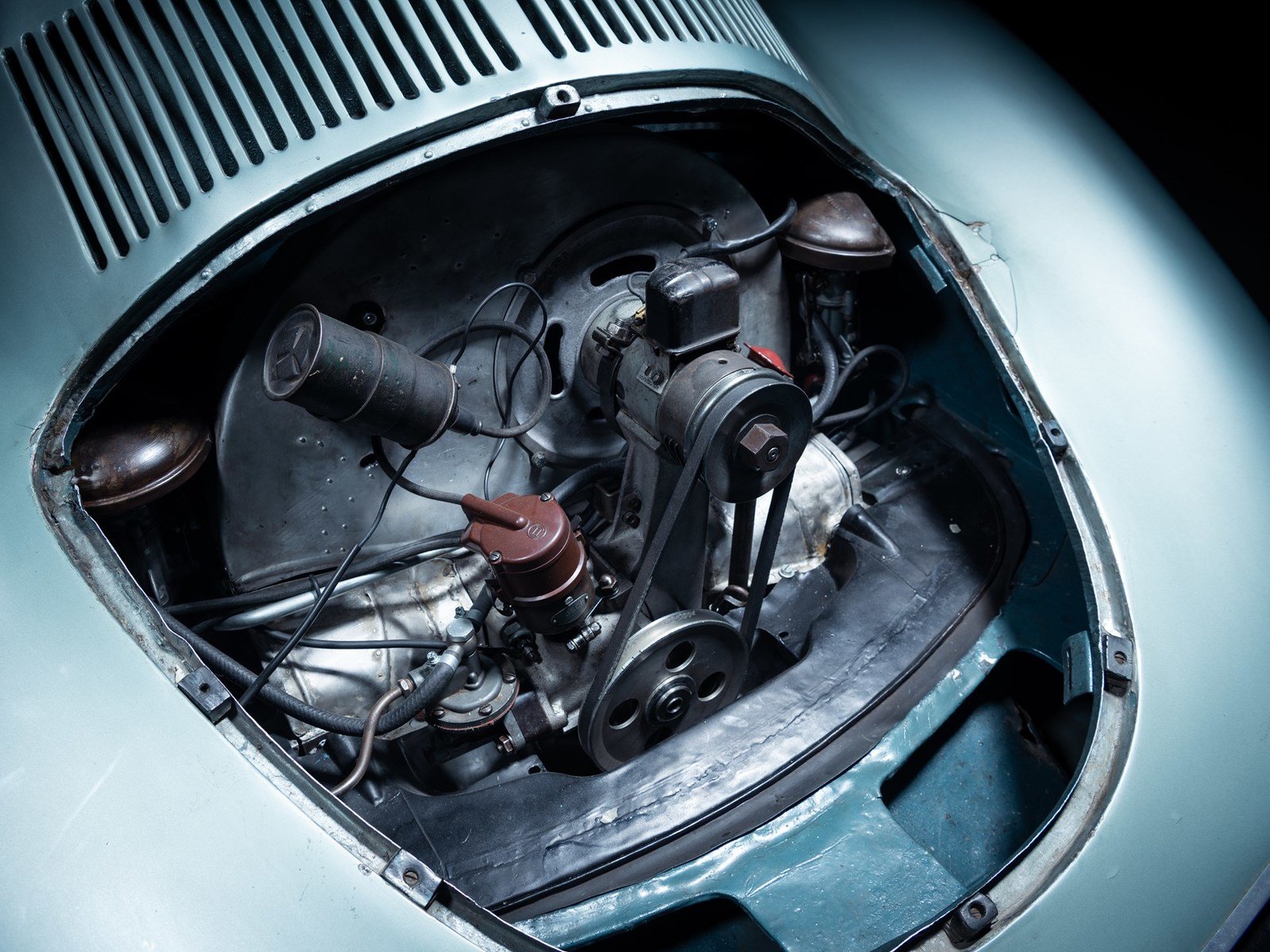
The Type 64’s design borrowed elements from the Volkswagen Type 1 chassis and engine, but it was modified extensively. Built with a lightweight aluminum body and equipped with an air-cooled 1.0L flat-four engine producing 32 horsepower, the car incorporated aviation technology in its chassis and many components, such as the gear stick, speedometer, and headlights, adapted from Volkswagen.
Engineered for maximum aerodynamic efficiency, the Type 64 featured a streamlined, water-drop shape, allowing air to flow smoothly over its body. The design also gave the driver a 360-degree view, much like the cockpit of a German fighter plane.
This car could reach a top speed of 233 km/h, a remarkable feat even by today’s standards. As such, it stands as a testament to Nazi Germany’s technological advancements. Its unique shape, unseen in any other car, has led many to refer to it as an “Unidentified Driving Object” (UDO) due to its futuristic design that transcends eras.
In the end, one question remains: how did the Nazi German regime, known for its mysterious scientific pursuits, envision a car so similar in shape to what we now call UFOs (Unidentified Flying Objects)? Did they know something we don’t? Or was it simply a unique inspiration? The answer is yours to ponder.
